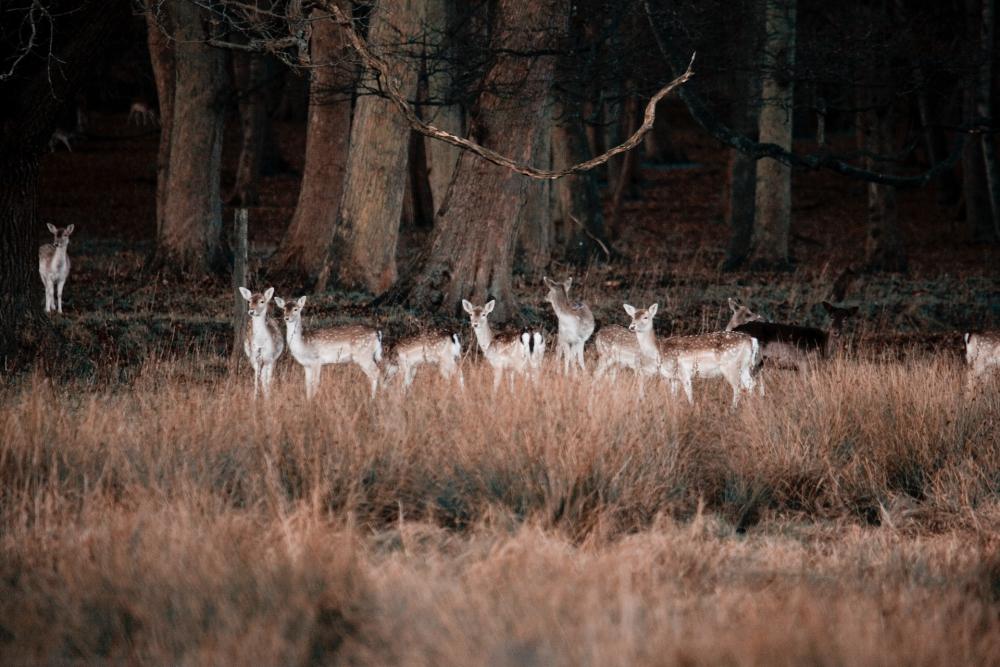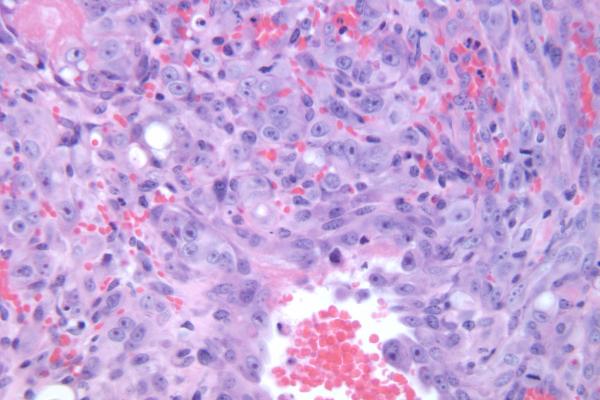CVM researchers receive grant from US Department of the Interior to study environmental transmission of chronic wasting disease
May 30, 2023

Photo by Diana Parkhouse on Unsplash
CVM researchers led by Stuart Lichtenberg (VBS) were awarded A 3-year, $221,000 grant from the US Department of the Interior and the US Geological Survey to examine and monitor potential reservoir sites for chronic wasting disease (CWD). The study is aimed at filling in gaps in knowledge regarding the environmental transmission of CWD—gaps that have heretofore hindered CWD management strategies.
CWD, an invariably fatal neurologic disease of cervids (deer), is a major concern for the health of herds in affected regions of North America. Conservation activities for game and non-game species of many wildlife agencies are funded by hunter license sales—so beyond the direct impact to wildlife, the effects of CWD on cervid populations and hunter participation also have broad, down-stream impacts on wildlife conservation. This makes CWD a major management concern for wildlife agencies and has created demand for tools to monitor and manage CWD spread.
Understanding precisely how CWD spreads is crucial for developing effective control tools to target key weaknesses in transmission. But CWD presents a particular challenge, because it is transmitted both directly and indirectly, through environmental exposure. To date, CWD managers have focused on mechanisms of direct transmission, because risk posed by indirect transmission is not well understood.
Lichtenberg and his team will assess this risk by studying suspected environmental reservoirs—areas where CWD-infected animals have likely spent time (such as deer scent marking sites) or where CWD-infected carcasses have been found. They will sample the soil to look for prions—the infectious proteins that trigger CWD and are known to persist in a range of environmental conditions—in order to monitor the change in prion intensity over time. They will also study the capacity for prion uptake and retention in plant tissue.
"There has been a fair amount of research looking at how prions behave in the environment, both in soils and plants. With this project, we will pursue a much more detailed look at these behaviors in real, natural settings,” says Lichtenberg. “From this, we hope to gain insights about a number of different aspects of CWD, from disease transmission from the environment, all the way to food safety."

